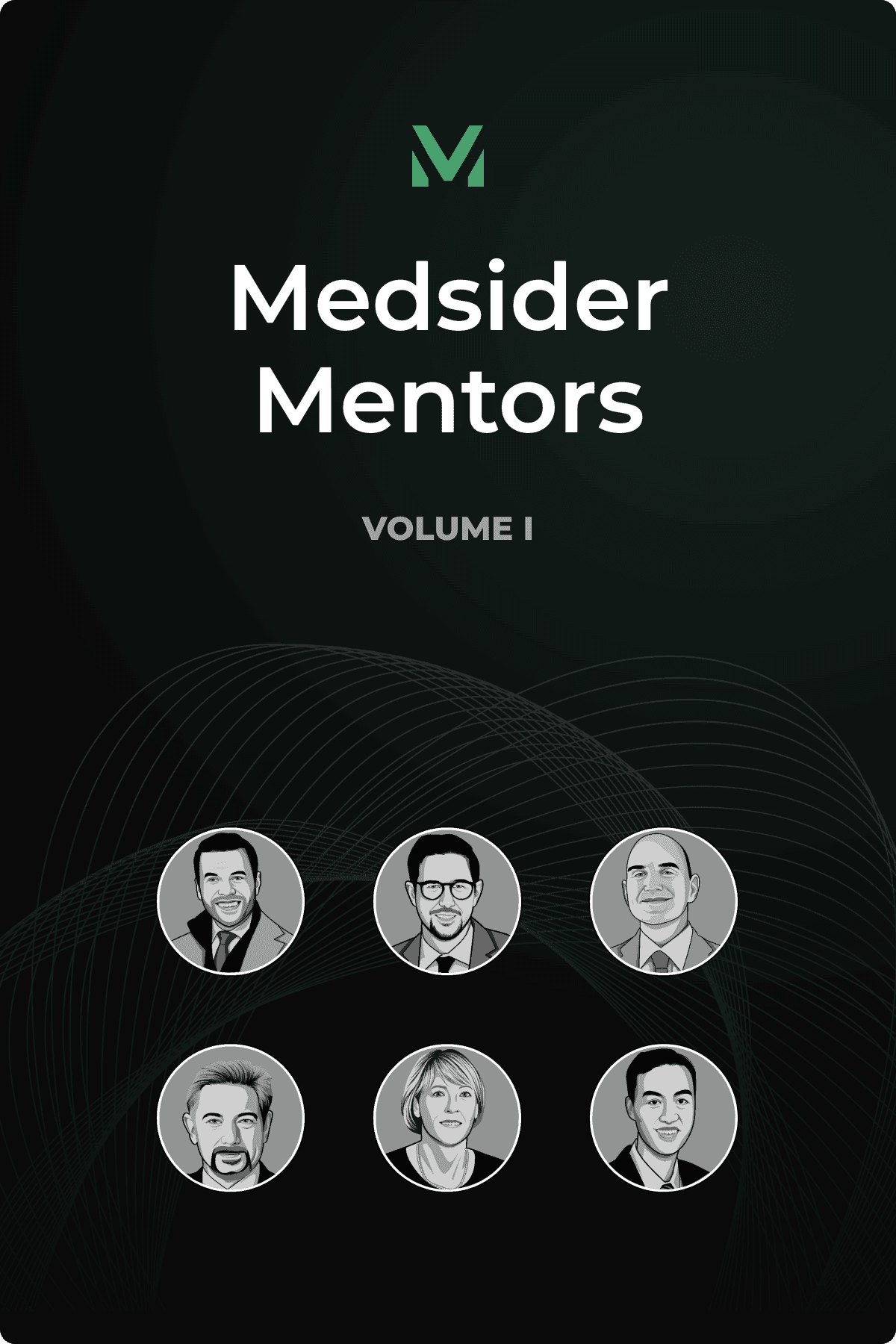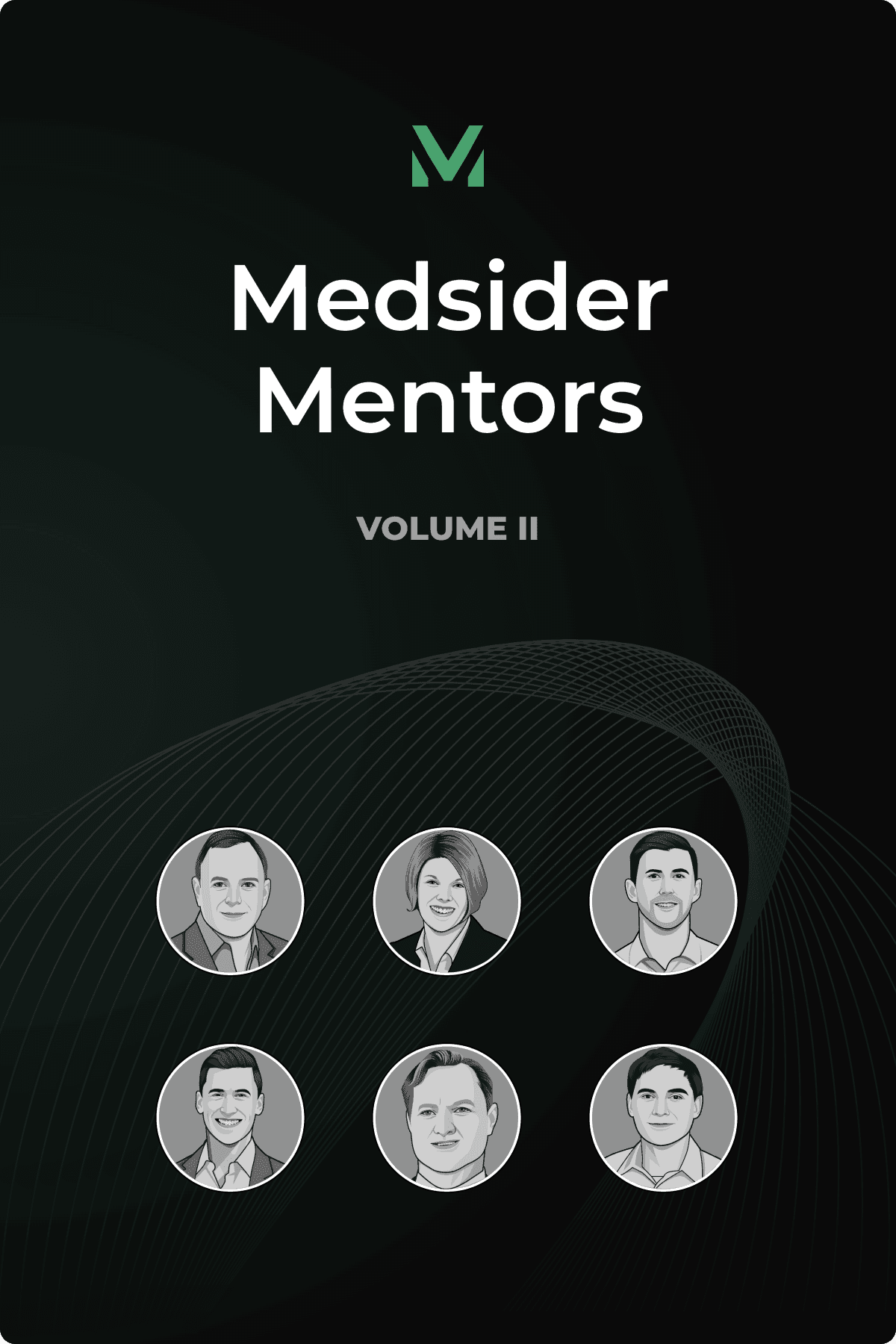AI That Fits the Clinical Workflow
Interview with Anumana CEO Maulik Nanavaty

Key Learnings From Maulik's Experience
Driving adoption requires more than clinical accuracy — it demands physician-centered design at the point of care. Anumana focused on the “last mile” by embedding its AI directly into routine ECG workflows, requiring no extra steps from clinicians. By aligning with how physicians already work and delivering immediate, actionable, and more accurate insights, they ensured the technology added value without adding friction — a critical move that turned technical innovation into practical utility.
Win regulatory trust by making the risk-benefit case impossible to ignore. Anumana secured FDA confidence by anchoring its AI approval strategy in massive, real-world datasets — over 20 million patient records — to prove safety, reliability, and clinical value. Rather than leading with technical capabilities, they framed the technology around what matters most to reviewers: a defensible, data-backed risk-benefit profile that holds up in both regulatory and real-world settings.
When fundraising, lead with your risks — not just your upside. Maulik’s strategy flips the typical pitch: be brutally honest about potential pitfalls, then show how you’ll de-risk them. By pairing transparency with disciplined execution and realistic focus, he builds investor trust and attracts partners who value thoughtful leadership over hype. For capital-efficient growth, clarity beats charisma every time.
After three decades climbing the ranks at medical device giants like Boston Scientific and Baxter, a seasoned executive faced a choice that would have given most leaders pause: take the safe route to a public company CEO role, or dive headfirst into the uncertain world of AI in healthcare. The pull toward AI proved irresistible.
"I would regret it if I missed this," reflects Maulik Nanavaty on his decision to leave the corporate comfort zone for a startup called Anumana. "I'd rather be in the thick of it and be at the forefront rather than just be on a sideline looking at it."
That leap led Maulik to become CEO of an AI-driven health technology company that aims to transform how physicians interpret one of medicine's most fundamental diagnostic tools, the electrocardiogram (ECG), and expanding the use of generative AI in perioperative care. Co-founded by nference and Mayo Clinic, Anumana develops software-as-a-medical-device (SaMD) solutions that apply AI to support early detection, clinical decision-making, and real-time procedural guidance across cardiovascular care.
Anumana's approach represents a dramatic shift in medical device development, training algorithms on data from millions of patients rather than the hundreds or thousands typically used in traditional device studies. The company's FDA-cleared ECG-AI LEF (low ejection fraction) algorithm, which became eligible for reimbursement in January 2025, can detect LEF — a critical heart condition — from a standard 10-second electrocardiogram reading that physicians already perform routinely.
For Maulik, the transition from managing established medical device portfolios to leading AI innovation required not just learning new technology, but fundamentally rethinking approaches to everything from regulatory approval to clinical adoption. His journey offers insights into the evolving landscape of AI-powered healthcare and the leadership approaches required to navigate it successfully.
You May Like These Articles
Medsider Premium
Become a premium member and unlock access to exclusive Medsider benefits.



